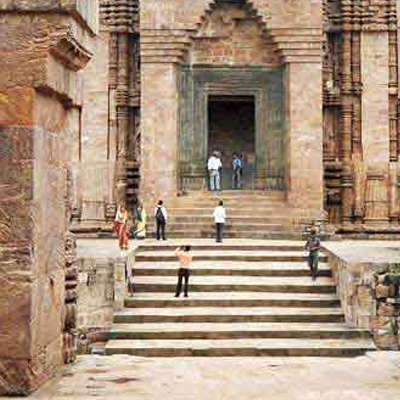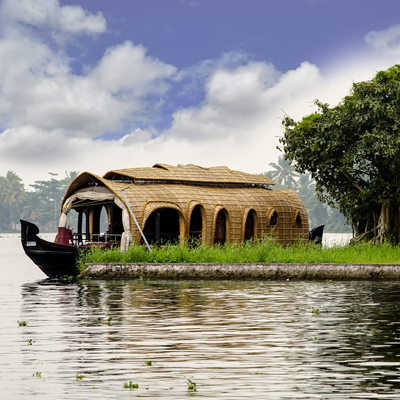India, renowned for its abundant cultural heritage and varied terrains, showcases numerous natural marvels that enthrall and stimulate. Among these lesser-known treasures lie the captivating caves of the country, providing a distinctive and mesmerizing view into the depths of the Earth. Caves have held substantial importance in the historical and mythological narratives of India, functioning as revered locations for pilgrimage, contemplation, and artistic expression. Additionally, they have played a pivotal role in ancient human settlements and have unearthed valuable archaeological findings. Presently, these underground marvels continue to attract explorers, thrill-seekers, and nature enthusiasts alike.
India is renowned for its diverse range of caves, each possessing unique characteristics. From the expansive chambers of the Elephanta Caves in Maharashtra to the intricate passages of the Krem Liat Prah in Meghalaya, there is a cave to suit every preference and level of exploration. Venturing into these underground realms is an extraordinary experience. As you descend into the darkness, a feeling of awe and amazement envelops you. The atmosphere becomes heavy with moisture, and the walls shimmer with an ethereal glow. The only sounds are the gentle drip of water and the echo of your footsteps.
India's caves are not only geological wonders but also repositories of artistic treasures. Many of these caves are adorned with elaborate carvings, frescoes, and sculptures depicting scenes from mythology, history, and daily life. The Ajanta Caves, situated in Maharashtra, are a prime illustration of this. Dating back to the 2nd century BC, they contain more than 30 monasteries and temples. Their walls are embellished with breathtaking frescoes portraying episodes from the life of Buddha and Buddhist mythology.

